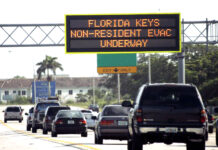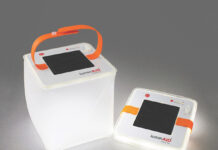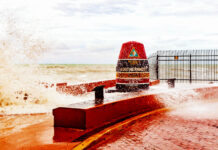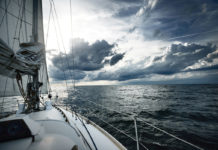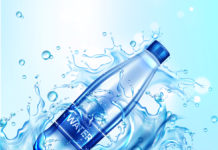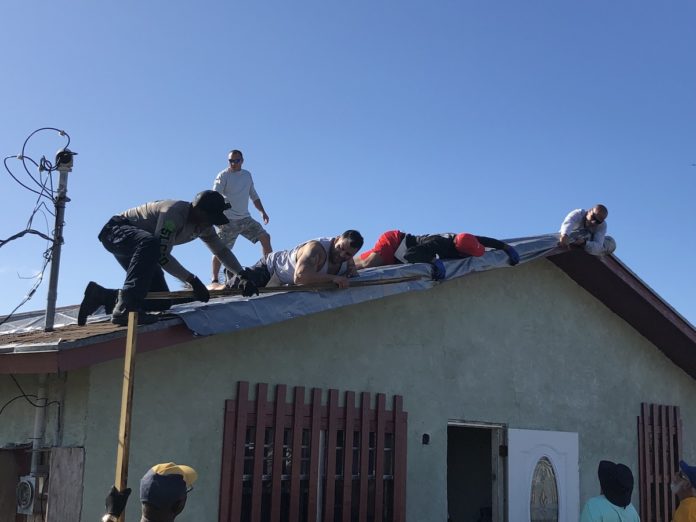
On September 1, Hurricane Dorian made landfall in Elbow Cay, Bahamas as a Category 5 storm with sustained winds up to 185 mph. A few hours later, it reached Grand Bahama, where it stalled for a day, creating 24-foot storm surges on the islands.

According to the National Weather Service, Dorian is the most intense tropical cyclone ever to strike the Bahamas and is regarded as the worst natural disaster in the country’s history. Beyond the force of the winds and water, Dorian was particularly destructive because it hovered near Freeport for over 24 hours.
Six days later, William Gonzalez, president of the Marathon Lions Club, and other Lions Club team members arrived via ferry at Freeport. They brought with them 45 tons of food, water and supplies at a total cost of around half a million dollars, Gonzalez estimated.

“This was the most destruction I’ve ever witnessed,” Gonzalez said. “If this category of storm would’ve hit the Keys, there would be no Keys. A storm of that magnitude hitting Marathon, Key West, Key Largo or Islamorada would’ve been total devastation.”
Keys Weekly photographer Ian Wilson-Navarro was also on the ferry. He said, “The surge and water levels with Dorian were far worse than Irma. Their island is so much higher than the Keys and so much wider. I can’t even imagine what a 15-foot and 20-foot surge would have done to the Keys.”

Wilson-Navarro recalled the haunting image of snapped pine trees he saw as he and Gonzalez surveyed the damage with the Bahamian Lions Club president.
“Every pine tree was snapped in half by the force of the winds,” he said. “Just imagine the force it must have taken to snap those trees in half like a toothpick. We looked around for miles, and there wasn’t a single tree remaining in Abaco’s interior.”
The photographer also noticed eerily how some main residential areas “missed complete destruction by a thread,” despite being “within miles of the eye.” He added, “It made me realize there’s nothing we can do to prevent a hurricane. Every year, we’re just rolling the dice. It’s not ‘if,’ it’s ‘when.’”

Since that first trip, Lions clubs have continued to bring supplies to the Bahamas to help with repairs and wrote a $100,000 grant to help rebuild the Freeport Lions Community Center, which serves as a gathering center in addition to being a critical distribution point for food and medical testing in the community, said Lions Club District 35N Governor Adita Vazquez.
Coronavirus brought the clubhouse repairs to a “standstill” in March, Vazquez said, but they hope to finish the repairs when the State Department allows travel again, “sometime in June.”
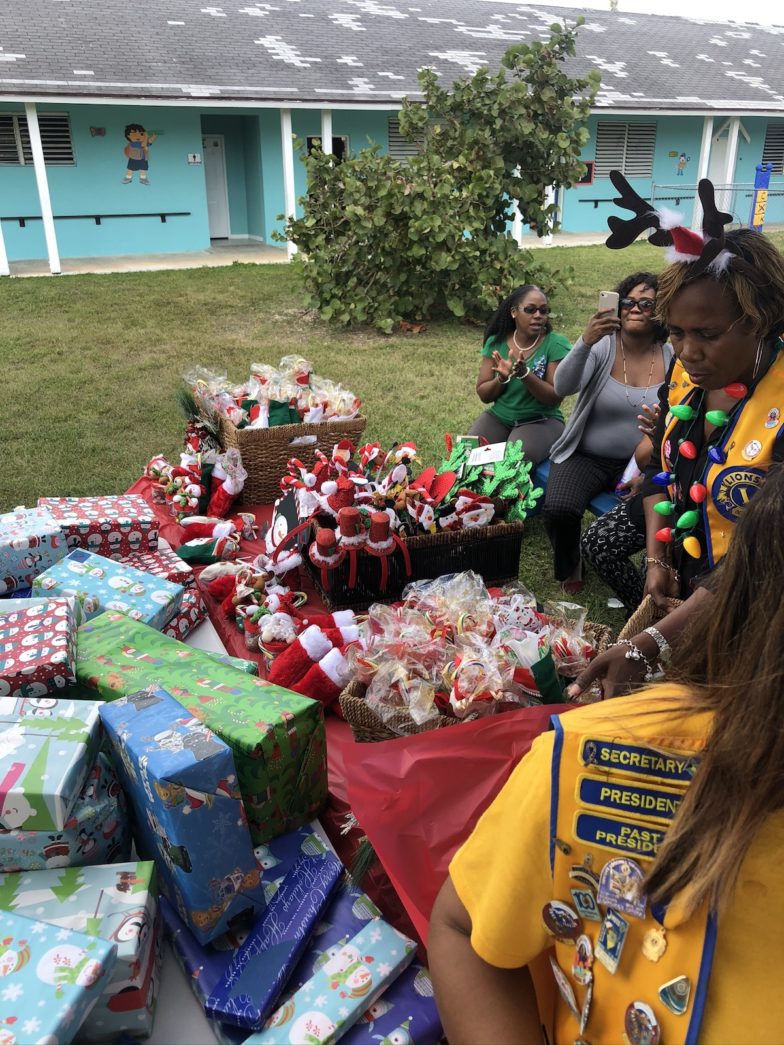
Don Horton, a past president of the Upper Keys Rotary Club and District Disaster Chair for District 69990, spearheaded the Upper Keys and Marathon Rotaries’ aid efforts to the Bahamas in the aftermath of Dorian. Horton recalled loading eight shipping containers with supplies and sending them to Freeport.
“I put the team together, and we started gathering goods while the storm was still on top of them,” Horton said. “We brought cleaning products to de-muck their places, shovels, hammers, mops, paper towels and stuff for personal hygiene. We knew a lot of other groups were bringing water, so we focused on other survival necessities.”
Horton and the Rotaries also raised money and shipped parts to help double the capacity of the local desalination plant. For six to eight months, that plant was the only source of fresh water on Grand Bahama, Horton said, and lines stretched miles long. Some areas still get their water primarily from the plant.
Since the initial response, the Rotaries have followed up with major donations to help with reconstruction, especially for uninsured Bahamian property owners.
“We’re still working with them. There are still people over there with no power,” Horton said. He estimated 100 more homes need repairs like rebuilding roofs and replacing damaged sheetrock.
Horton was planning another trip with more donations when the pandemic shut down aid efforts.
“When they give us the ‘all-clear’ here and over there, I think we’ll make another run,” he said. “They need assistance still; eight months after Dorian, people are still not living in their homes.”
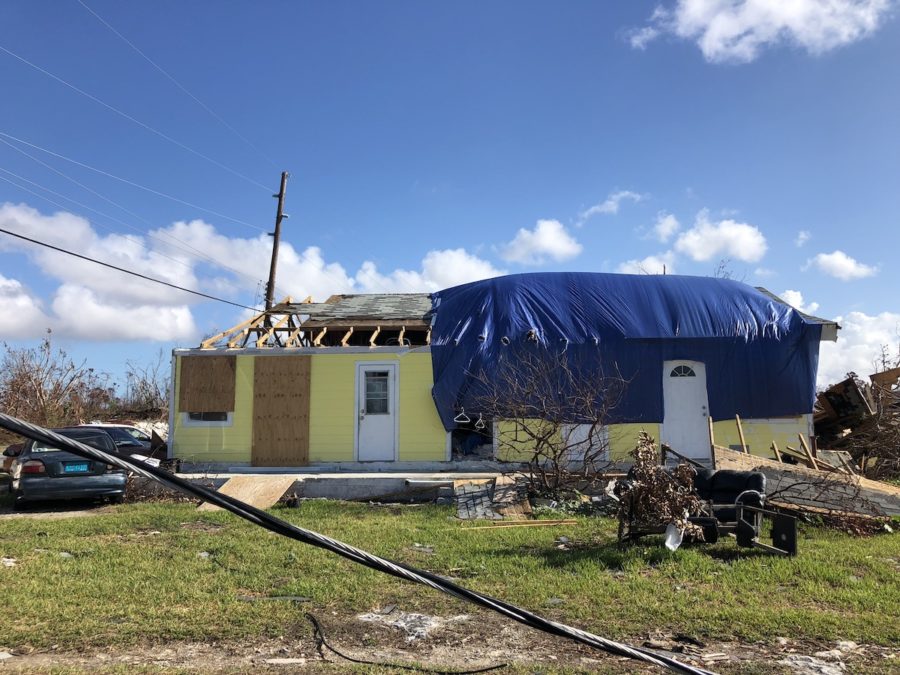
Key West Cares was another aid effort. Jim Gilleran, a founding member, estimated that the group raised half a million dollars to help rebuild homes and businesses on Green Turtle Cay.
Gilleran has a background in national emergency management training. “With hurricanes, people think the response afterward is important, but 75 percent is preparation — hardening, having good building codes, having plans in place, adequate supplies in place,” he said. “By the time the storm arrives, you really need to have preparation in place because after the fact, everything becomes 10-fold more difficult.”
Gilleran has traveled to the Bahamas “multiple times” to bring aid and supplies. He too noted there is still much need.
“Permanent shelters and permanent infrastructure are still lacking,” he said. “Lots of temporary work has been done, but their economy has been very slow to get restarted.”
Gonzalez agreed, urging, “If you haven’t been to the Bahamas, you have to visit. They opened their doors back up two months after the hurricane hit, but they’re still not back to where they were yet, not for a while.”












